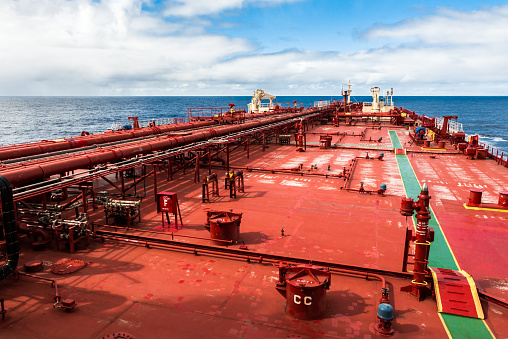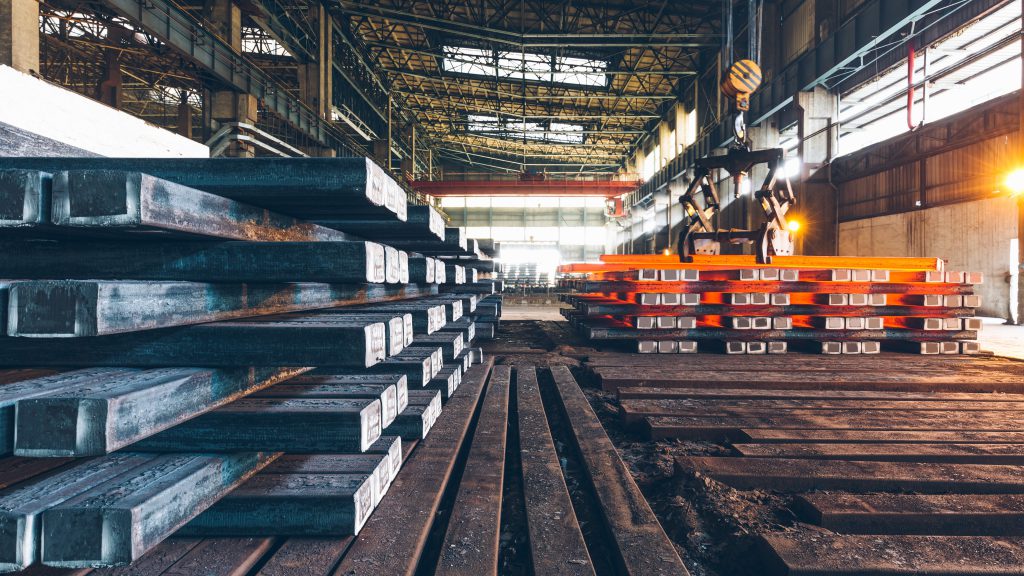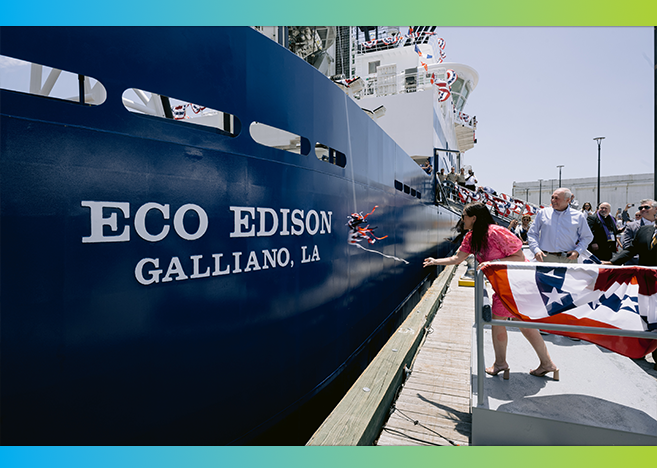China’s iron ore imports have been dropping so far in 2025, based on the latest data. In its latest weekly report, shipbroker Banchero Costa said that “2024 was another positive year for global seaborne iron ore trade. In Jan-Dec 2024, global loadings of iron ore increased by +2.3% y-o-y to 1,669.2 mln tonnes, based on AXS Marine vessel tracking data. 2025 so far has been more disappointing, with export volumes declining by -1.8% y-o-y in Jan-May 2025 to 655.9 mln tonnes. Exports from Australia declined in Jan-May 2025 by -1.5% y-o-y to 367.6 mln tonnes. From Brazil, exports increased by +2.2% y-o-y in Jan-May 2025 to 146.2 mln t. From South Africa volumes increased +0.3% y-o-y to 22.6 mln t. From Canada there was a -0.6% y-oy decline to 22.3 mln tonnes. India saw a correction of -40.2% y-oy in Jan-May 2025 to 12.5 mln t”.
According to Banchero Costa, “demand has been softening China but not so much elsewhere. Iron ore imports into China decreased by -6.0% y-o-y in Jan-May 2025 to 487.0 mln tonnes. Imports into Japan declined by -6.5% y-o-y to 36.3 mln t. To the EU, imports increased by +5.4% y-o-y to 30.1 mln t. Volumes into South Korea declined by -1.1% y-o-y to 29.0 mln t. Imports into Malaysia increased by +0.8% y-o-y to 9.5 mln tonnes. To Vietnam volumes were up by +9.8% y-o-y to 9.2 mln t. To Oman, volumes were up +13.7% y-o-y to 5.9 mln t, to Saudi Arabia down by -1.1% y-o-y to 4.5 mln t, to Bahrain -11.1% y-o-y to 4.8 mln t. Mainland China is by far the largest importer of iron ore in the world. China accounted for 74.4% of global iron ore imports in Jan-Dec 2024. Imports into China have increased +5.0% y-o-y in Jan-Dec 2023 to 1200.8 mln tonnes. They have further increased by +4.1% y-o-y in Jan-Dec 2024 to 1250.4 mln t, which is a new all-time record. As already mentioned, in Jan-May 2025, imports into China declined by -6.0% y-o-y to 487.0 mln tonnes”.
“The vast majority (71%) of iron ore volumes into China in Jan-May 2025 were loaded on Capesizes (130,000- 220,000 dwt), with a further 21% carried on VLOCs (over 220,000 dwt), whilst just 3% was carried on Post-Panamaxes, 2% on Panamaxes, and 3% on Supramaxes. The main iron ore import terminals in Mainland China are: Caofeidian (55.3 mln t discharged in Jan-May 2025), Ningbo/Zhoushan (43.0 mln t), Tangshan/Jingtang (37.6 mln t), Rizhao (35.4 mln t), Tianjin (32.6 mln t), Lanshan (30.7 mln t), Fangcheng (28.3 mln t), Lianyungang (26.6 mln t), Dongjiakou (26.4 mln t), Qingdao (23.0 mln t), Zhanjiang (22.8 mln t). In terms of sources for China’s iron ore imports, Australia remains by far the top source country, with a 64.1% share in Jan-May 2025. Iron ore imports from Australia to China in Jan-May 2025 have declined by -2.8% y-o-y to 312.4 mln tonnes, from 321.4 mln t in Jan-May 2024.
The top loading port in Australia for iron cargoes to China is Port Hedland (191.6 mln t in Jan-May 2025), followed by Dampier (53.0 mln t) and Port Walcott (45.8 mln t). Brazil remains in second spot with a 21.2% share in Jan-May 2025. Imports to China from Brazil declined by -4.2% y-o-y in Jan-May 2025 to 103.0 mln tonnes, from 107.6 mln t in Jan-May 2024. The top loading port in Brazil for iron ore cargoes to China was Ponta da Madeira (44.2 mln t in Jan-May 2025), followed by Sepetiba/Itaguai (26.5 mln t), Tubarao (14.1 mln t) and Guaiba (13.5 mln t). Volumes from South Africa to China increased by +14.9% y-o-y to 14.7 mln t in Jan-May 2025. From India volumes declined by -44.0% y-o-y to 11.9 mln t. From Peru volumes declined by -22.9% y-o-y to 7.7 mln t. From Sierra Leone, volumes increased by +23.8% y-o-y to 5.7 mln tonnes”, the shipbroker concluded.
Source: Hellenic Shipping News Worldwide




